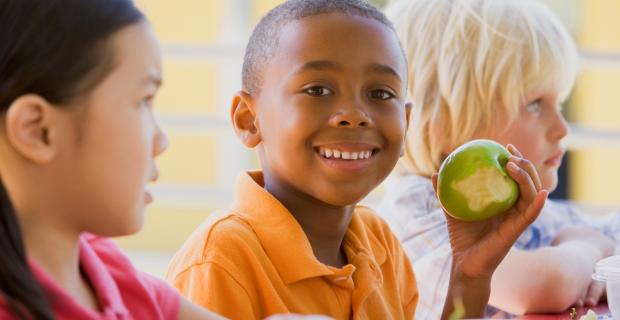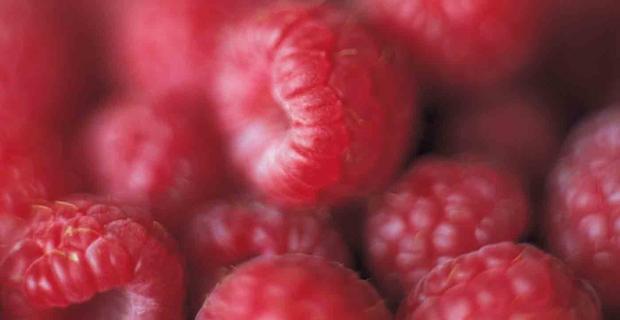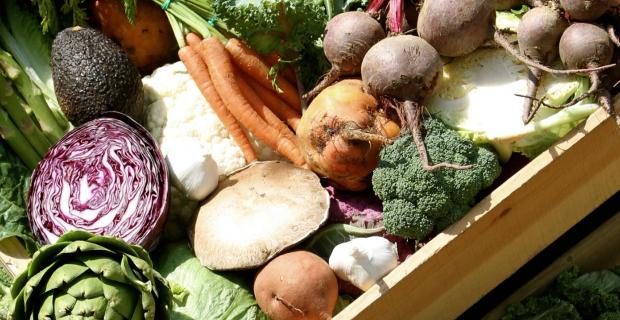The Many Wonders of Plants

Of the many wonders of plants, perhaps the most wonderful is not only that they are so varied and beautiful, but that they are also so clever at feeding themselves.
Plants are autotrophs — "self nourishers." Using only energy from the sun, they can take up all the nourishment they need — water, minerals, carbon dioxide — directly from the world around them to manufacture their own roots and stems, leaves and flowers, fruits and seeds. If something is missing from that simple mix — if they don't get enough water, for example, or if the soil is lacking some of the minerals they need — they grow poorly or die. But their diet is limited, a few minerals, some H2O, some CO2, and energy from the sun.
Humans and other animals can't do that. Lying in the sun breathing, while eating dirt and drinking water won't do it for us. If we are to live and grow, we need the organized molecules — proteins, fats, and carbohydrates — that the plants have manufactured for us. Other animals also live on plants — and each other. Eating a mix of plants and animals, they get what they need to grow optimally.
For perhaps a million years, humans survived in much the same way, on the plants and animals that they could wrest from their own immediate environments. They were often hungry, sometimes starving. But nutrition per se was not their problem. They ate what they could find — learned, perhaps, over time to search especially hard for certain "nutritious" foods — and eating from the natural world kept them alive.
But today, we have the supermarket. A young child, seated in a grocery cart as it moves down aisle after dazzling aisle, would find it daunting to connect the colorful packages she sees with anything in the natural world; and so would her parents! The products that turn up on supermarket shelves seem to have been constructed not from plants, but from "ingredients" that have themselves been manufactured somewhere "out there." To trace the origins of Froot Loops that have no fruits, and chocolate creme pies that have neither cream nor chocolate would defy most adults. For most children, as we know, to imagine back from the supermarket to the real source of foods is all but impossible. This is not an accident. The manufacturers of the products filling the shelves profit most from foods with the least obvious relationship to the Earth. More than 25 years ago, a food-industry analyst, commenting on processors' vulnerability to rising costs, noted that "The further a product's identity moves from a specific raw material — that is, the more processing steps involved — the less vulnerable is its processor." More than 25 years later, the supermarket aisles are filled with products so far removed from anything nature produces that even that analyst might have been surprised.
Food products come and go on supermarket shelves at a rate that is exhausting even to think about. Throughout the 1990s, an average of 15,000 new food products a year — more than 40 a day in some years — entered the marketplace and an almost equal number failed and left. And we buy these products — pushed by advertising, we even buy them for our children. Why? Here is a food technologist describing how to make a product that will tempt us :
To have staying power, a food of the future must have one or more of the following: decreased calories; decreased saturated fat; no transfatty acids; poly- and monounsaturated fats in place of other fats; reduced cholesterol; reduced salt; reduced sugar; increased dietary fiber; no artificial colors, MSG, or other additives, no pesticides; no pathogens; increased natural antioxidants and anticarcinogens; no growth hormones; no genetically modified components; a long shelf life with no loss of nutrients, etc.
In short, we are buying not foods but what we imagine to be health. Our willingness to purchase products fabricated to provide "health" benefits depends, of course, on our ignorance of the nutritional virtues of the products Nature creates. What real need do we have for new products given the availability of foods like oranges? Low in calories, no saturated fat, no transfatty acids, essentially no fats; no cholesterol, no added salt, no added sugar, lots of dietary fiber, no artificial colors, MSG, or other additives, no pesticides, no pathogens, natural antioxidants and anticarcinogens, no growth hormones, no genetically modified components. And oranges — as an additional bonus — come already packaged in a durable, sanitary — and biodegradable — peeling that perfumes the surrounds as a child strips it off.
It says a great deal about the dominant food system that it feels driven to continually invent questionable but irresistible products that can be provided with at least one of the virtues that are already available, in toto, in oranges, apples, broccoli, and other ordinary foods. Good nutrition turns out to be easy when we eat real foods. If they are not nutritionally diluted by added fats and sugars, most mixes of "whole" foods will provide an adequate diet. Except for sweet potatoes and fruit, almost anything edible in a garden will provide even enough protein for all but the youngest children who simply can't eat enough to get their protein this way. For those young ones, milk, meat, egg, tofu, or some other concentrated protein can make up the difference.
For children to learn to eat this way they need to be reconnected with nature, and with living food. Teaching a child nutrition in the supermarket is bewilderingly difficult — perhaps impossible. In the garden, nutrition learning just happens. Unlike the food in the supermarket that is largely uniform, odorless, and often unhealthy, nature's foods are variable, full of life, and almost always nutritious. So developing a taste for really fresh fruits and vegetables is the best insurance against a bad diet; what matters most, as a wise nutritionist once said, is what you don't eat.
So take them to the garden and let them graze.




